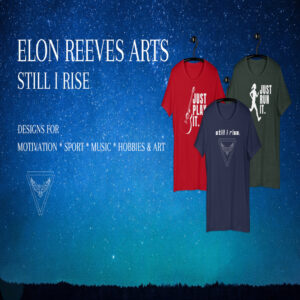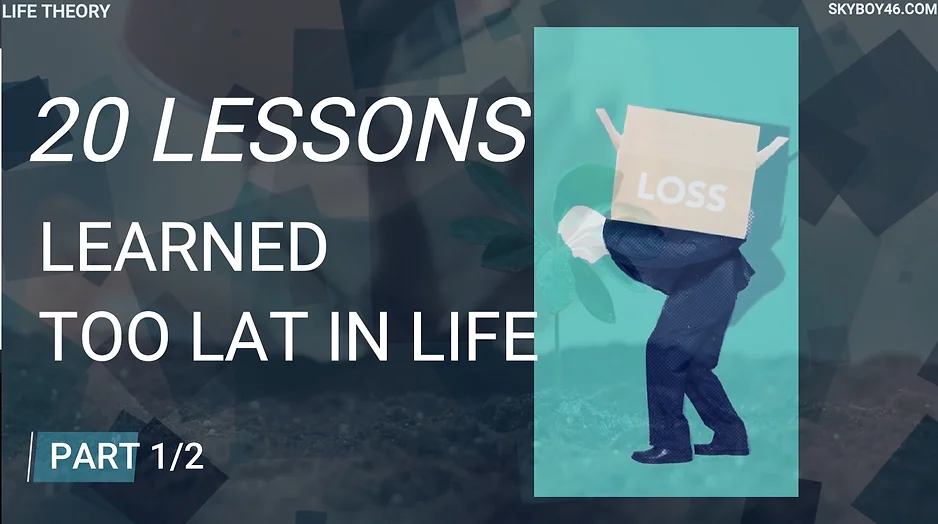Don’t Want To Read?
Watch/Listen To The Full Video on YouTube
Keeping a team engaged isn’t just about paying them well—it’s about meeting their deeper psychological needs. By focusing on Status, Certainty, Autonomy, Relatedness, and Fairness (the SCARF model), leaders can create an environment where people are motivated to give their best. Financial rewards lose their effectiveness after a certain point, but when people feel valued, connected, and trusted, they bring more energy and passion to their work. Start investing in these core needs today to cultivate a thriving team that stays motivated and engaged.
SUBSCRIBE: https://www.youtube.com/@LifeTheory46
How To Keep Your Team Engaged – Life Stories 222
Let’s talk about something that matters to anyone who’s ever led a team, managed a project, or found themselves in the position of guiding others. The question on the table is this: how do you keep a group of people motivated and engaged over time? Not just to get the job done, but to truly share in the dream, to bring their energy and focus, to be part of something bigger?
It’s a truth that echoes through every aspect of life—motivation is the lifeblood of progress. Whether it’s in your work, your personal life, or those everyday tasks we sometimes push to the side, without motivation, nothing flows. But here’s the thing—motivation alone isn’t enough. The real challenge, the real art, is in keeping people engaged. Engagement isn’t about showing up. It’s about showing up with energy, with excitement, with the kind of drive that makes you push beyond what’s required, to reach for more.
An engaged team isn’t just completing tasks—it’s thriving. It’s feeling that buzz of purpose when they walk through the door or log into that meeting. It’s the initiative to solve problems before they become bigger, to improve without waiting for someone to tell them to. The truth is, a team like that is golden. High performance, low burnout, and a pleasure to lead. But, let’s not sugarcoat this: keeping people engaged isn’t easy. Motivation fades, and even the most inspired teams can lose their spark if you don’t keep feeding it.
So, how do we do it? The first thing we need to clear up is a common misconception: money isn’t the long-term solution. Of course, money matters. People need to feel they’re compensated fairly for the work they do. If someone is constantly worried about making ends meet, they won’t have the mental space to focus on anything else. But, and this is a big but, once you hit a certain income level, more money doesn’t really lead to more engagement. It doesn’t make people happier, it doesn’t inspire them to bring their A-game, and it won’t get them to stay.
There’s research to back this up—lots of it. Once someone’s earning enough to live comfortably, more money doesn’t equate to more happiness. That magic number sits somewhere around $70,000 a year, give or take. Above that, the excitement of a raise fades pretty quickly. They might buy a new car or move into a bigger place, but soon enough, those things stop feeling special. The day-to-day grind doesn’t disappear just because they’re earning more, and when the thrill of that extra cash wears off, they’re right back where they started, searching for motivation.
So, what’s the answer? If money isn’t enough, how do you keep your team engaged once they’re financially secure? The key lies in something much deeper: psychological incentives. These go beyond financial rewards and tap into core human needs. These needs are universal, and they have the power to keep people engaged in ways that money never could.
Neuroscientist David Rock broke it down beautifully with something called the SCARF model. SCARF stands for Status, Certainty, Autonomy, Relatedness, and Fairness—five psychological needs that, when met, create engagement like nothing else can. Let’s explore these a bit, because understanding them is crucial.
Status—it’s about more than just a job title. It’s the need to feel valued and respected. When people believe they matter, that their contributions are seen and appreciated, they bring more of themselves to the table.
Certainty—people crave clarity. They want to know where they stand, what’s expected, and what the future might hold. When things are uncertain, anxiety creeps in, and that kills engagement fast.
Autonomy—nobody likes being micromanaged. People need to feel they have control over their work, that they’re trusted to make decisions and handle their responsibilities without someone constantly hovering over them.
Relatedness—humans are social creatures. We need to feel connected, to belong. In a team, that means fostering a sense of camaraderie, where people feel they’re part of something bigger than themselves.
Fairness—nobody sticks around when they feel they’re being treated unfairly. People need to know that rewards, responsibilities, and opportunities are distributed based on merit, not favoritism.
Now, how do we bring these ideas into practice? Start with Status—acknowledge the efforts of your team. Give genuine praise, and make sure they know their hard work isn’t going unnoticed. For Certainty, be clear in your communication. Let your team know their goals, their roles, and what’s coming next. Remove the guesswork, and watch how quickly that anxiety turns into focus.
Autonomy means trusting your people. Let them manage their time, make decisions, and handle their work their way. You’ll be surprised how much more they’ll give when they don’t feel like someone’s breathing down their neck. And for Relatedness, bring the team together in ways that aren’t just about work. Organize social events, team-building activities, or even a casual lunch where work talk is off the table.
Finally, for Fairness, ensure that your team knows rewards and recognition are based on effort and results, not who’s in with the boss. Fairness fosters trust, and trust is the foundation of a strong, engaged team.
The bottom line? You can’t rely on money alone to keep your team engaged. You need to dig deeper, to connect with what really drives people—what makes them feel valued, supported, and trusted. Engagement isn’t about throwing cash at the problem. It’s about creating an environment where people want to bring their best because they feel invested, and they know you’re invested in them.
So, take some time today to think about how you can meet your team’s SCARF needs. The more you do, the more engaged they’ll be, and the more likely they are to stick around and give their best.
That’s it for today, my friend. Take this knowledge and go apply it. We can’t wait to see you back here tomorrow, ready to keep growing. Until then, keep leading with heart and intention—you’ve got this.
–> Read More Life Stories Here:
https://www.lifetheory.us
https://www.lifetheory.eu
Buy all of our Life Stories & Our Premium Learning Packs. Listen or Read to them anytime you want. Have them Forever.
You can get each monthly lesson on our website at https://www.skyboy46.com/store
SHARE THIS STORY
Visit Our Store
SHOP NOW
www.skyboy46.com & www.myskypet.com
Designed For Pet Lovers & Introverted Souls
Sport, Hobbies, Motivation, Music & Art






~EXPLORE MORE~
www.linktr.ee/skyboy46


